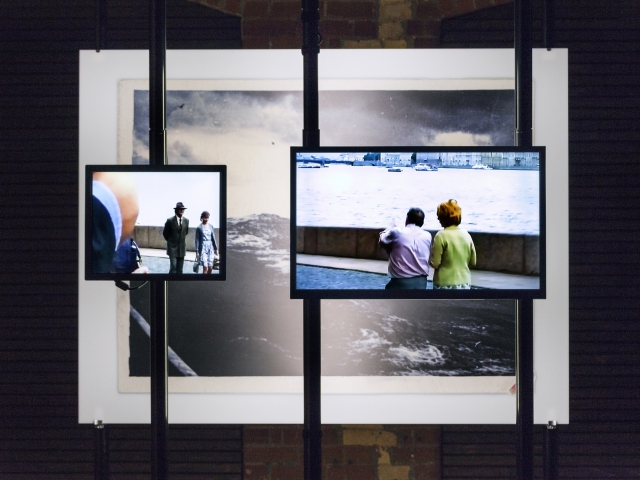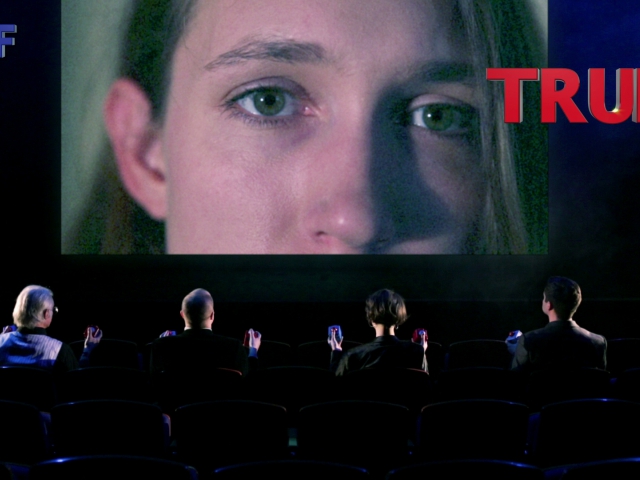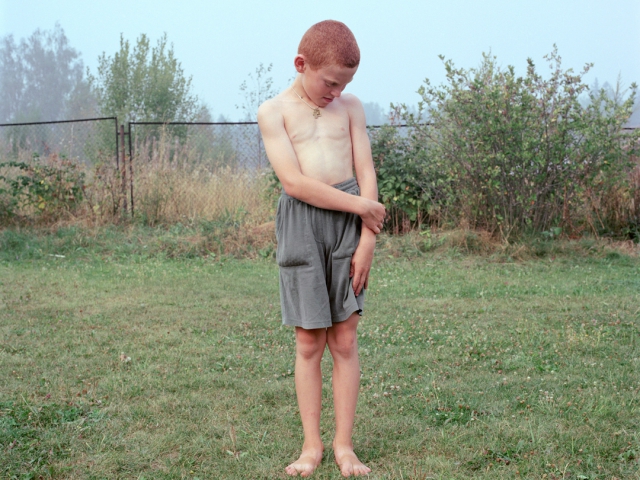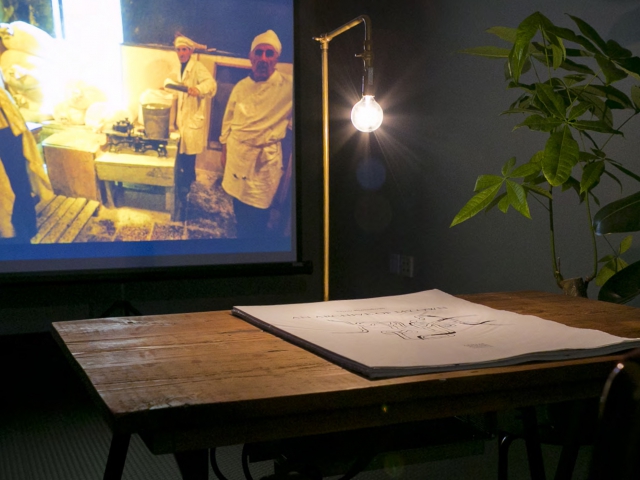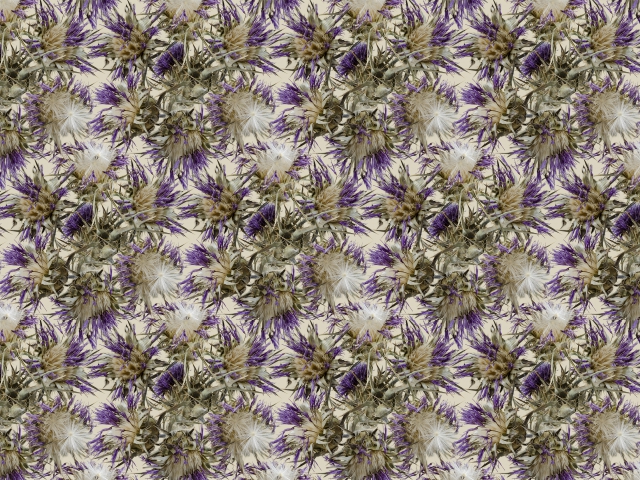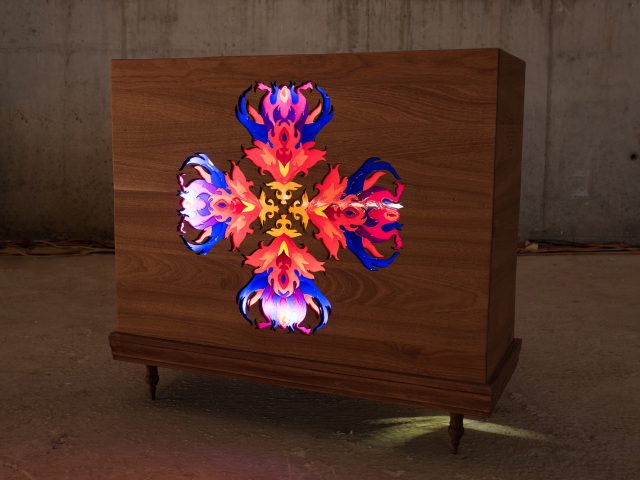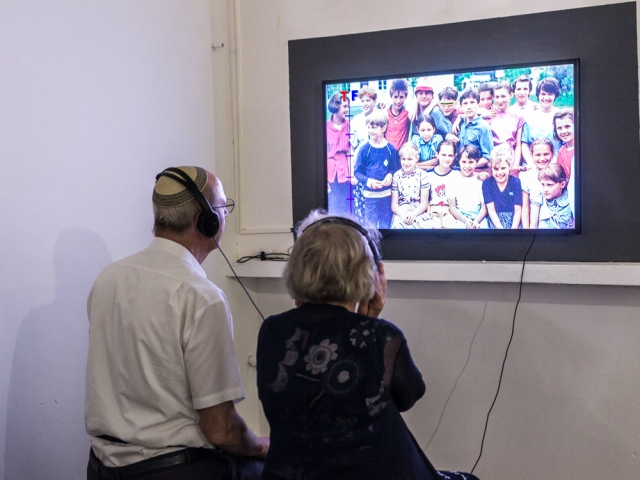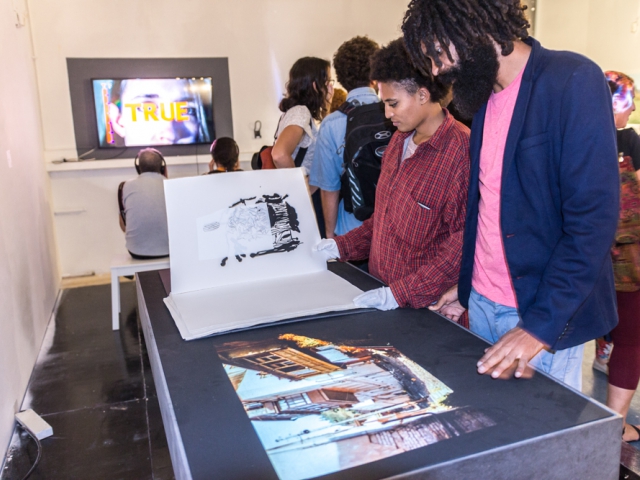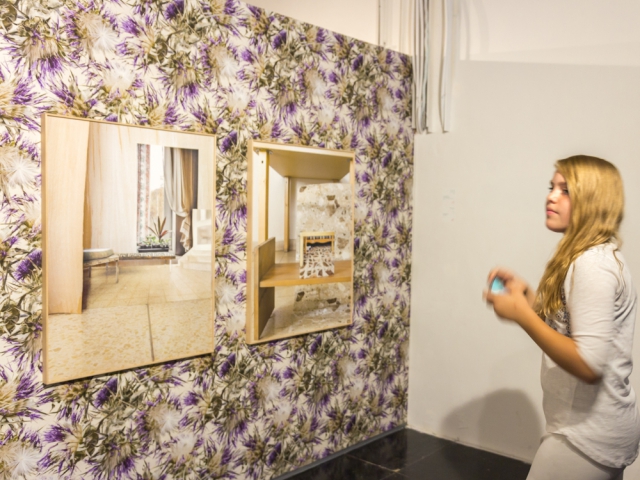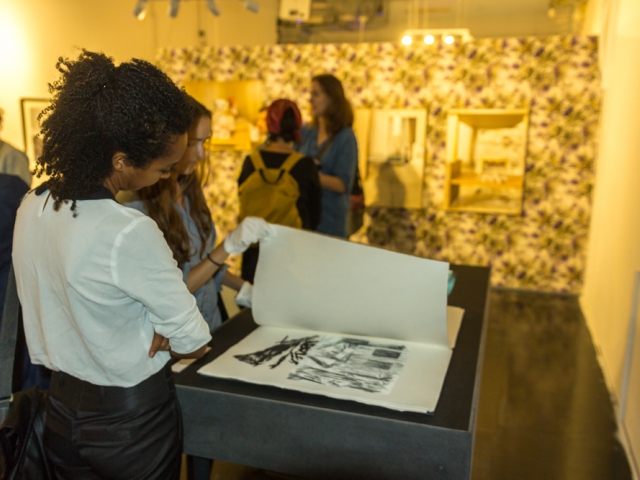- English
- Русский
Dreamland Never Found
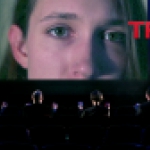
DREAMLAND NEVER FOUND
Aliyah of the 1990-2000s was one of the biggest waves of emigration of Soviet Jews to Israel when the Soviet Union collapsed in 1991. All of them were leaving the country they were born in for various reasons: to finally move to the Land of Israel, to escape from Soviet everyday anti-Semitism, to provide better life for themselves and their children. The latter were often not given any voice in the process of this life-changing decisionmaking, while such early emigration and merging into a different culture was a difficult and complicated experience for many of them. That migration resulted in many changes for Israel – political, economic, cultural and also enriched the local art-scene with bright and talented artist generation.
The topic of aliyah becomes highly relevant today again at the post-Soviet space - recent political and economic events have produced a new flow of migration to Israel. Though different from the one in the 1990s, this wave is also politically charged and largely consists of people who disagree with the current political regime and seek an opportunity to stay safe as well as connected to the global world. On the other hand, many Israelis who dissent with the country's political agenda also tend to leave in order to stay involved in the international political, social and cultural context. The process of constant forced moving in search of a better place, a dream land, a ‘homeland’ - which is a global survival strategy today caused by political, environmental, social and economic processes simultaneously happening in different parts of the world - is central to the exhibition. Bringing together artists born in Georgia, Ukraine, Uzbekistan, Russia, and Tajikistan, who experienced migration in the early age, Dreamland Never Found raises issues related to rethinking and redefinition of the concepts of memory, identity, torn connections and belonging to one’s roots in today’s world when we witness large-scale processes of migration and reshaping of borders and nations. It also addresses exile from the perspective of longing for childhood memories that intersect with bits of collective history and search of the past that is nowhere to be found. Turning to the antecedent and questioning what the future holds participating artists reexamine Soviet history through personal lenses and reflect upon the drastic changes in the 1990s that they juxtapose with the current processes at the post-Soviet territory.
Audiovisual installation Muliya by Rimma Arslanov is an homage to her grandfather, a Holocaust survivor who was born in Lithuania and lived in Uzbekistan and Tajikistan where he had to hide his Jewish identity until in his 60s he moved to Israel. The object created by Arslanov resembles an oldtime music box and combines her grandfather’s accordion music with traditional Central Asian ornaments reworked by the artist. A personal story also lies in the work From Prague With Love by Ira Eduardovna - as a child her sister had a pen friend from Czechoslovakia, whose traces got lost when Ira’s family moved to Israel from Uzbekistan and had to leave most of their belongings behind. Later Ira tried to find her sister’s penpal and reconstruct their memories. Combining facts and fiction the work brings out fragility of memory and a thin line between myth and reality, that appears not only in our memories but is also being largely abused in the mass media. Neither Country Nor Graveyard by Felix Kalmenson juxtaposes the two different realities - socialist and capitalist - happening in the same place with a time difference of almost 20 years. Having returned to St Petersburg in 2016 the artist reshot frame-by-frame the video his parents made when they were leaving Leningrad in 1989. With no possibility to ever return the artist’s family treated the video as one of a very few materialized visual memories they could bring along to their new home. An attempt to recreate childhood memory and analyze how his past affected his identity is the focus of the project 103d kilometer by Sasha Tamarin, who depicts bits of summer life near Moscow that many people of his generation can relate to. Vera Vladimirsky’s works dwell on both nostalgia and the process of integration - photo collage of elements of her short-term homes where the artist lived during her first years as a new immigrant with her parents resonate with her artistic wallpaper. Traditional for so many Soviet apartments but not used in Israel, the wallpapers depict typical Israeli plants and flowers thus marking a combination of two cultures. Archiving the past by exploring its hidden parts in an approach used by Nino Biniashvili, who conducted a research of the Jewish community in the 1970s Tbilisi, where she is originally from. Through her project An Archive Of My Own which consists of a slide-show of photographs from Magnum collection and the silkscreen prints inspired by them, Biniashvili places her own memories into the collective history and presents a very specific aspect of Jewish life in Georgia to a wider audience.
Exhibition documentation is available on Facebook



